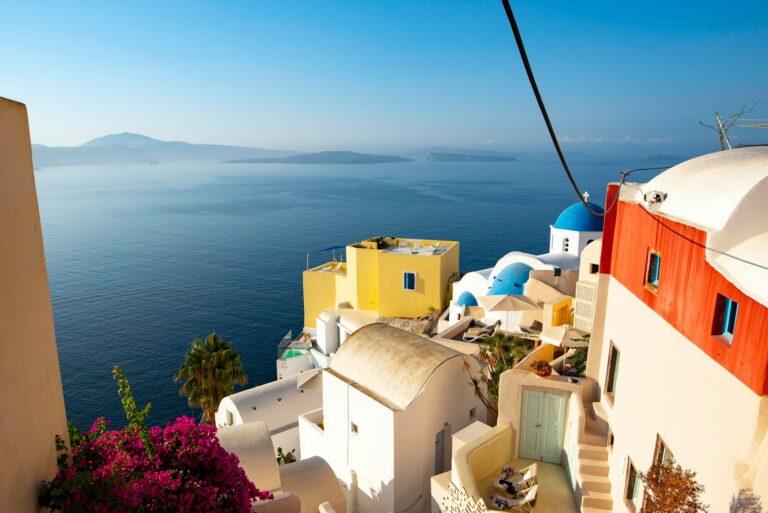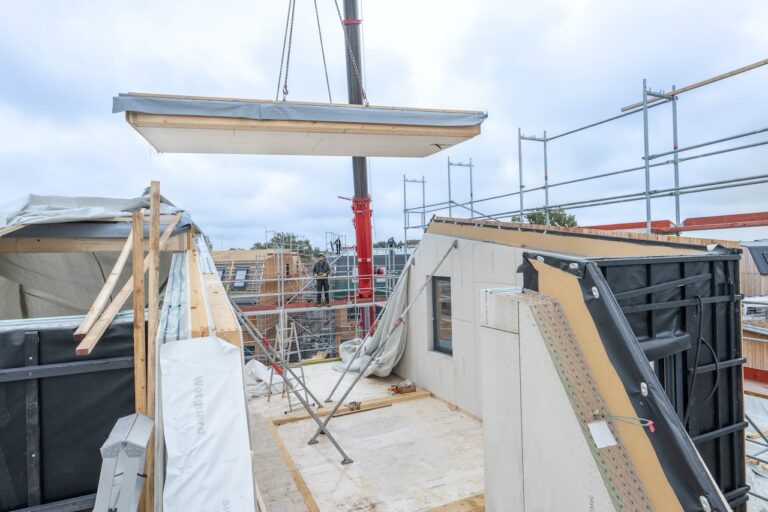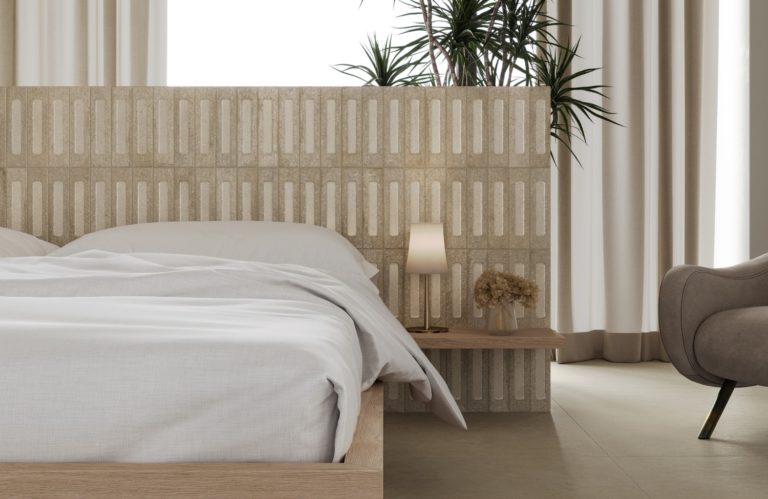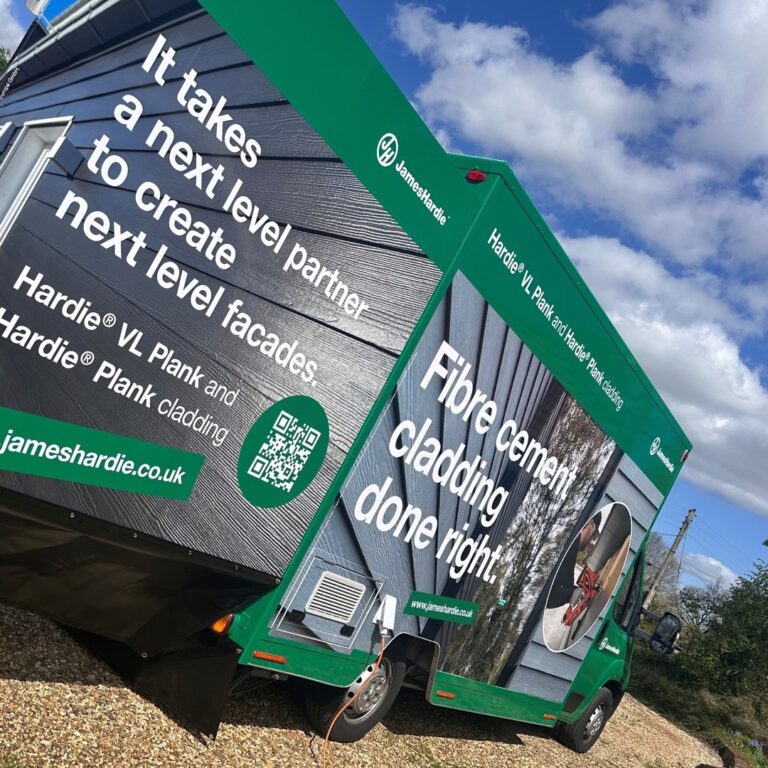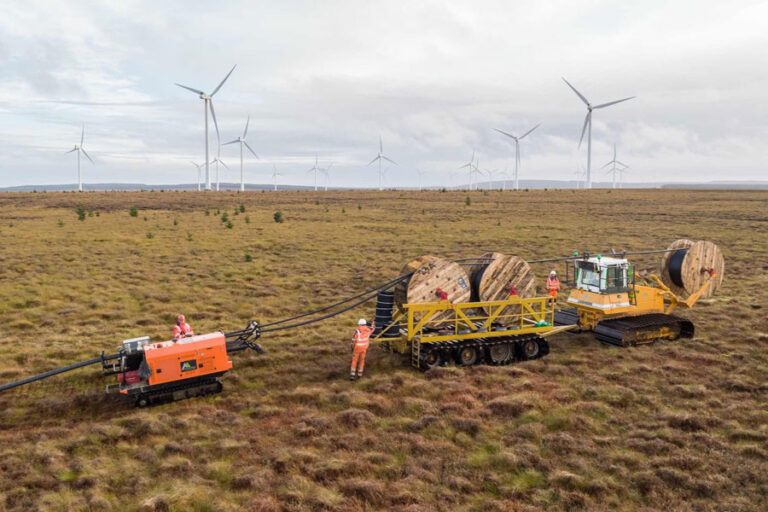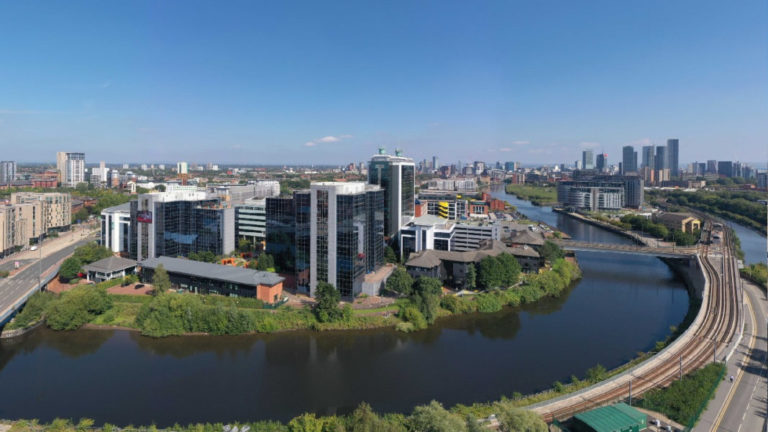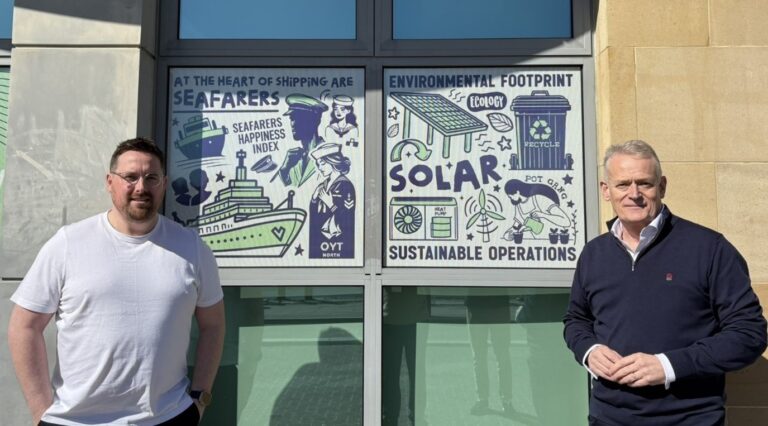Plans Submitted for 185 Apartments at Farmer Norton Phase 2 in Salford’s Adelphi Village
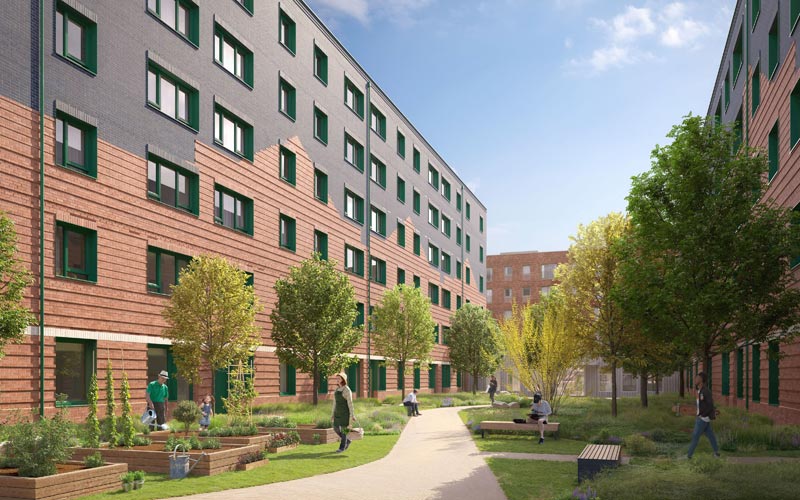
ECF has submitted plans for 185 one, two, and three-bedroom apartments on the western portion of the Farmer Norton car park on Cleminson Street in Salford.
Farmer Norton Phase 2 follows plans being submitted for the first phase earlier this year, which propose 42 three-bedroom homes for the remaining part of the site. The Farmer Norton community is part of Adelphi Village, which will provide more than 800 homes as the residential aspect of the transformational Crescent Salford masterplan, delivered by ECF, Salford City Council, and the University of Salford.
By offering a mix of houses and apartments for rent and sale, Adelphi Village will provide a diverse range of housing to meet the needs of communities in Salford.
Farmer Norton Phase 2 features two linear buildings, which are circa 5 and 6 storeys in height and orientated for maximum daylight. Complete with a private courtyard garden providing activity space and seating, the homes will be surrounded by trees and planting to enhance biodiversity and wildlife habitats. Additionally, cycle storage will be available for apartments to encourage residents to travel sustainably.
The plans also include accessible homes, disabled parking spaces and flexible, mixed-use ground-floor space. Designed by dRMM Architects, the homes reflect Salford’s rich industrial history, taking inspiration from the Adelphi Iron Works, which occupied the site until the mid-20th century.
Lawrence Myatt, senior project manager at ECF, said: “By making better use of this underutilised brownfield site, we’re making an important contribution to local housing needs.
“At Adelphi Village, we’re creating a new neighbourhood that will deliver environmentally friendly homes that contribute to Salford’s sustainable future. Farmer Norton is a key part of this, and across the two phases, we’ll provide high-quality houses and apartments which cater to diverse communities and are inspired by and in keeping with Salford’s industrial past, building on this to create a brighter future for the city.”
